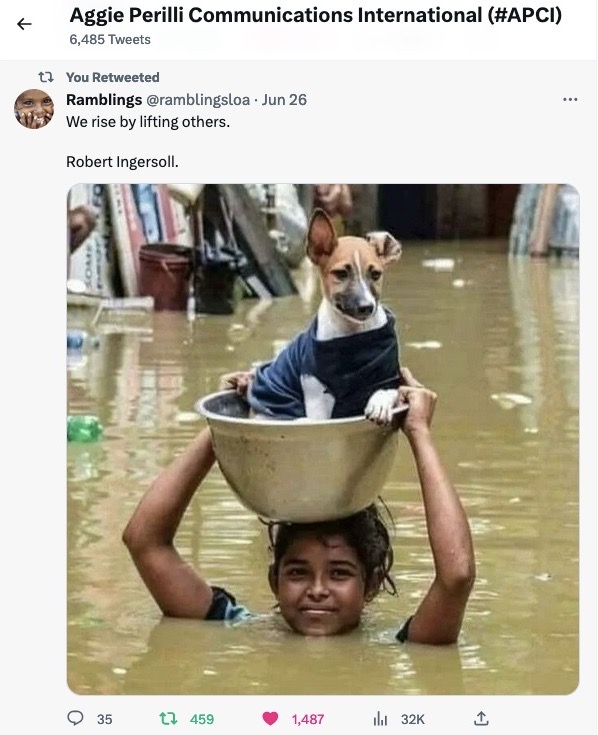 Communicating with Nature
Communicating with Natureby Aggie Perilli
The Grandview Chase Condominium Development (GCCD) in Lancaster, Pennsylvania, owns approximately 27 acres of rolling lawns bordered by a field with a stream running through it. Over the past two years, GCCD board members Mark Wiker and I pursued a federal grant to transform GCCD’s 14 acres of unsustainable lawn into regenerative woods and meadows.
Rewarded for our initiatives, this past spring, GCCD received a grant worth $66,000 from the National Fish and Wildlife Foundation’s (NFWF) Chesapeake Bay Stewardship Fund to restore the development’s riparian buffer with native woods, meadow grasses and wildflower rain gardens.
GCCD’s grant is part of the Penn State Agriculture and Environment Center‘s initiative to “green the lower Susquehanna River,” where chemically sprayed agriculture and housing developments have contributed to storm-water runoff and other pollutants. NFWF chose GCCD to model regenerative landscaping for urban and suburban areas throughout Lancaster County.
GCCD had already begun to explore organic lawn care with advice from Dr. David Dobbins, Emeritus Professor of plant anatomy and development, morphology and horticulture at Millersville University in Pennsylvania.
In June, to build on GCCD’s progress, Kate Austin of the Chesapeake Bay Foundation introduced residents to Penn State environmentalists Matt Royer, Director of the Agriculture and Environment Center; Allyson Muth, Director of Forest Stewardship; Jim Finley, Ph.D., Professor in Forest Resources; Sarah Hurteau, Research Faculty member in Wildlife Biology; and Emily Carlson, a graduate student representing Brian Orland, Distinguished Professor of Landscape Architecture. Together, we reviewed residents’ landscaping vision and concerns.
In July, during the second of three planning sessions, GCCD and its Penn State partners discussed ways to restore the development’s riparian buffer to prevent storm-water runoff and protect our stream’s fish. We considered the plant communities that would attract wildlife and improve the quality of water that flows from GCCD’s stream into the Susquehanna River, which flows into the Chesapeake Bay.
Today, GCCD is already home to red foxes, great blue herons, pheasants, ducks, and tree-climbing groundhogs. Planting native woods and meadows at GCCD is expected to draw several varieties of salamanders, turtles, birds and more.
In August Brian Orland and other Penn State partners provided residents with architectural models to help GCCD design its plantings. A refinement of residents’ designs is set to be planted this spring.
GCCD’s neighbors share enthusiasm for restoring wild ecosystems that improve the quality of all life.
Beyond natives, how are you restoring and protecting safely chem-free organic ecosystems that improve the quality of all life?
Note: If you find this post helpful, you can subscribe to my blog here at no charge! Thank you for sharing your native organic insights here on Facebook and Twitter.
recommended media
Regenerative Organic Landscaping in 7 Easy Steps
Beyond Pesticides and Parks for a Sustainable Future
Nontoxic Communities and Organic Lawn Care


